Three Pillows, Extra Firm
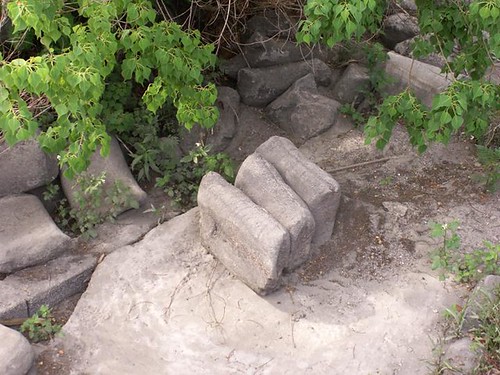
Mary had called me over for this photo. These seem to be building materials left over -- or having separated -- from the spillway into the "post office pond."
More from the pond and environs, and a chance to start catching up on sleep....
My transcribing machines -- standard-sized cassettes for one job, microcassettes for another -- are off. The big job has yielded 1,045 single-spaced pages. The smaller job, which came to me in pieces and required quick turnaround, got me raised eyebrows from the UPS guy who was suddenly making daily deliveries to my door.
This afternoon I enjoyed a luxurious siesta after my post office walk. Mary had joined me yesterday. We had approached the pond from a different road than we usually do and spent more time walking around the water.
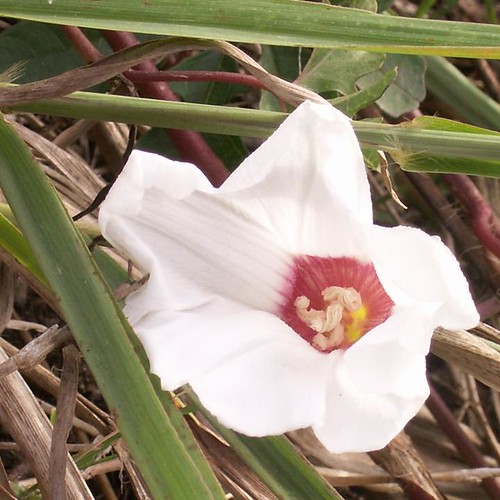
Morning glory, family Convolvulaceae (I don't know the exact species of this one). These were trailing along the ground to the side of the pond and beginning to close shortly after 5 PM.
According to Florida Atlantic University, at least 750 species of morning glory are native to the New World.
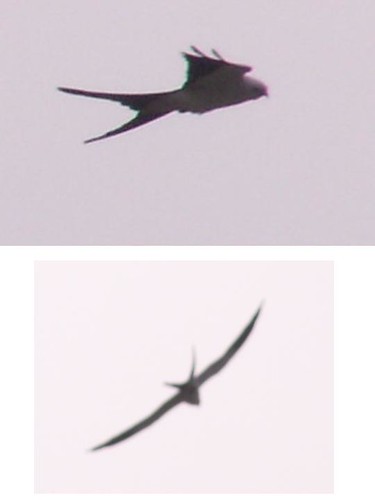
Swallow-tailed Kite, Elanoides forficatus, Family Accipitridae (which includes hawks and eagles). Ranges over the southeast U.S. and tropical America; leaves U.S. in winter, according to the Peterson Field Guide to the Birds of Eastern and Central North America. The pond is a favorite hangout of these birds, which glide in swift circles overhead. Photographing this one was a challenge.
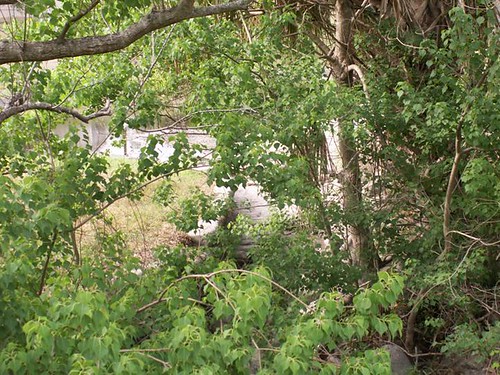
Trees hide most of the spillway (center) leading down to the pond. This is really a retention pond, a bowl surrounded by residential streets. I call it the "post office pond" because it is located roughly four short blocks from our town post office, where we rent a box. Typically we'll walk about a mile to get mail from the box and then swing by the pond on our way home.
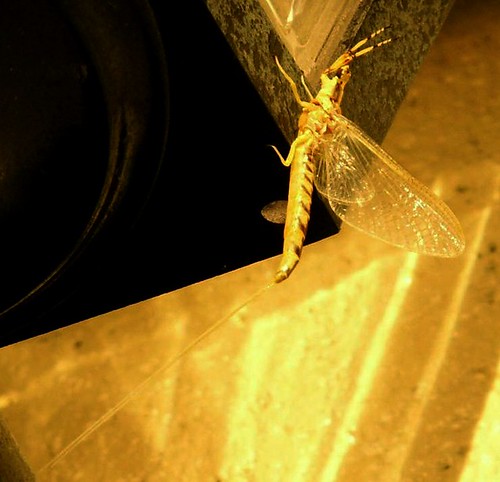
Mayfly, genus Hexagenia, Family Ephemeridae. This one (spotted by Mary) was attracted to the light at the strip mall across the street from the post office. Two long anal filaments extend toward the lower left. What look like long horns are actually the mayfly's raised forelegs.
According to insect photographer Cirrus Digital Imaging, adult mayflies "survive only a few hours or at most a few days. They eat nothing, nor do they crawl or walk. They only fly and mate within dancing swarms, usually in late afternoon or evening. Swarms, consisting of hundreds or thousands, emerge from the water after synchronously appearing along and inland of the shoreline."
Cirrus adds, "Mating normally occurs the same day adulthood is achieved. Females release as many as 8,000 fertile, oval eggs over the water, often scattering them or, in some species, in mass in a suitable place. After eggs are laid, females fall to the water and float, often drifting onto beaches in nuisance piles or windrows. Others are strongly attracted to and congregate under night lights."
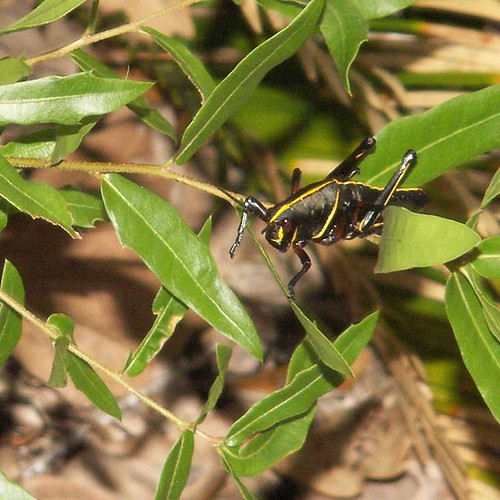
Juvenile Eastern Lubber, Romalea guttata (sometimes called Romalea microptera), Family Romaleidae. The Eastern Lubber Grasshopper was my introduction to Florida wildlife when we moved here. I'd exclaimed to Mary, "We've got black grasshoppers with racing stripes in the yard!" This is the right-most lubber in a group shot.
Says the University of Florida, "The lubber is surely the most distinctive grasshopper species within the southeastern United States. It is well known both for its size and its unique coloration. The wings offer little help with mobility for they are rarely more than half the length of the abdomen. This species is incapable of flight and can jump only short distances. Mostly the lubber is quite clumsy and slow in movement and travels by walking and crawling feebly over the substrate....The immature eastern lubber grasshopper differs dramatically in appearance from the adults. Nymphs (immature grasshoppers) typically are completely black with one or more distinctive yellow stripes. The front legs and sides of the head are often red."
"Hello, Young Lubber" shows a juvenile with red stripes, which I'd photographed about 2-1/2 weeks before this one.
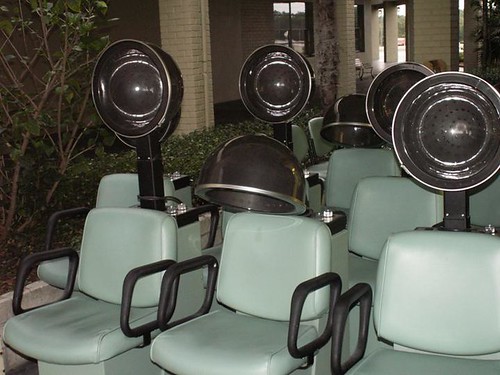
"Hey you, up in front -- wake up! And I see your buddy in the back has had a hard night of partying, too...."
A bit over a week ago, the beauty salon in the mall across from the post office had its floor waxed. These salon chairs were all gathered on the walk outside.
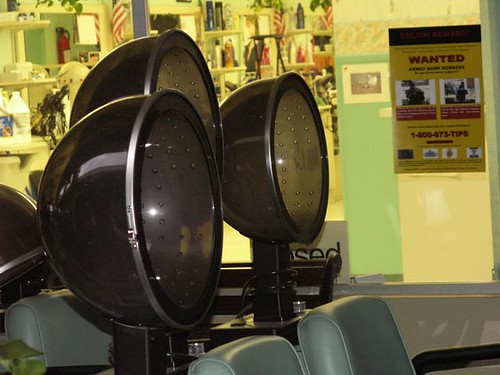
I don't know if they're being lectured about salon etiquette or about the robber on the "Wanted" poster, but they are obviously giving the speaker their undivided attention.
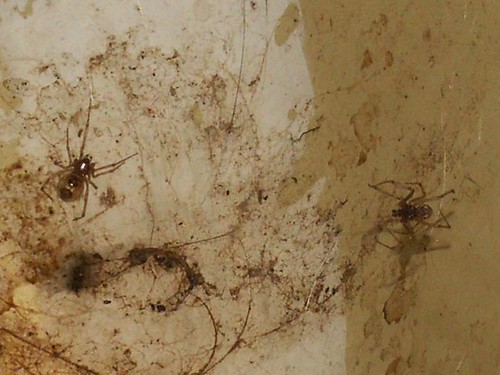
Earlier today I called excitedly through the house, "Spidey's got a boyfriend!"
The female is at left, the male is at right. I suspect these are American house spiders (Achaearanea tepidariorum, family Theridiidae). Both are hanging in the web belly-up, which is typical of Theridiidae, "comb-footed spiders." Black widows belong to this same family, but the spiders shown here are generally not poisonous (except for any allergic reaction), and like the widows they don't bite unless provoked. They are beneficial in that they eat cockroaches and other pests, so we like having them around.
Their webs -- I think the one here was recently expanded -- are irregular and commonly referred to as cobwebs. I usually see the female but rarely the male, so was excited to get them both in this shot.











1 Comments:
I love the salon chairs shots! They look like something out of the Jetsons and gave me a big smile!
Post a Comment
<< Home